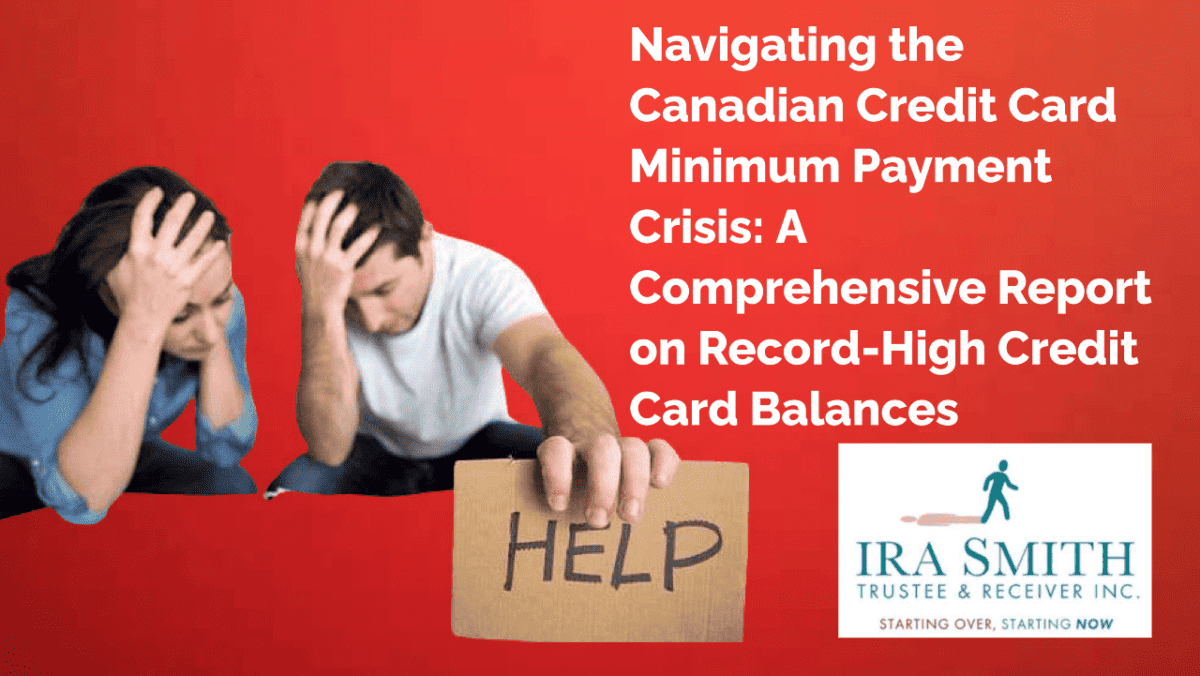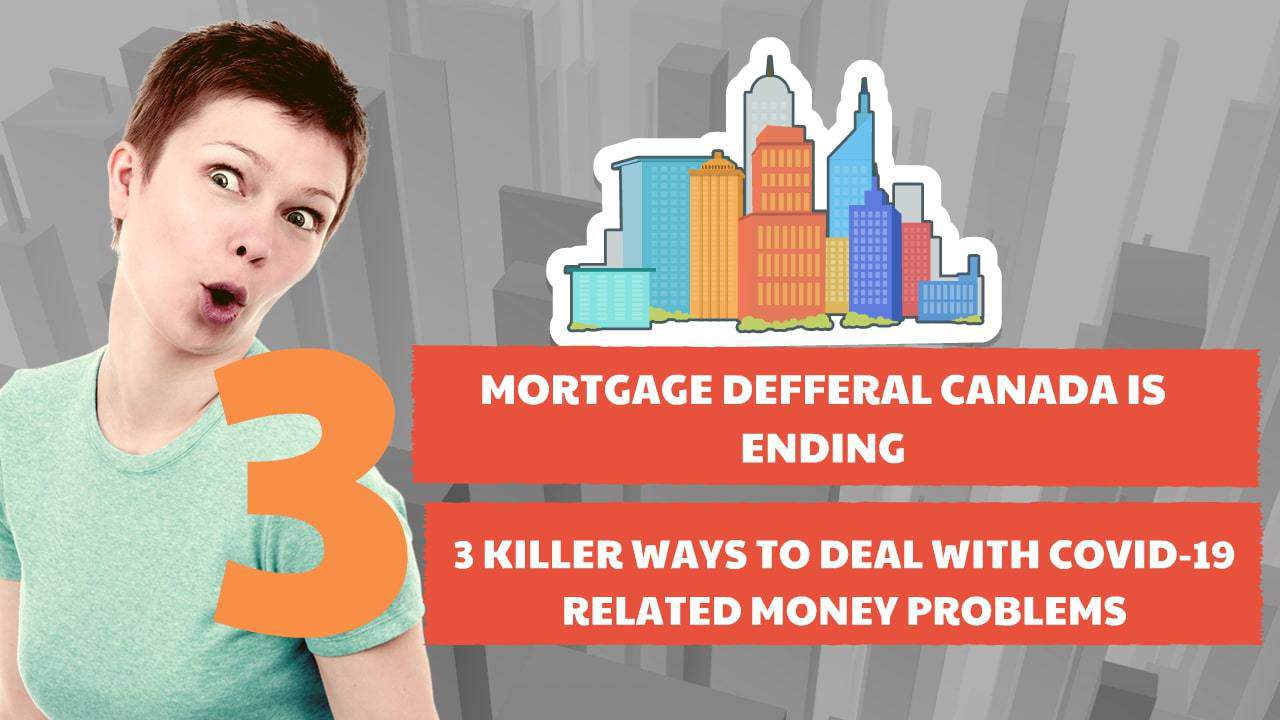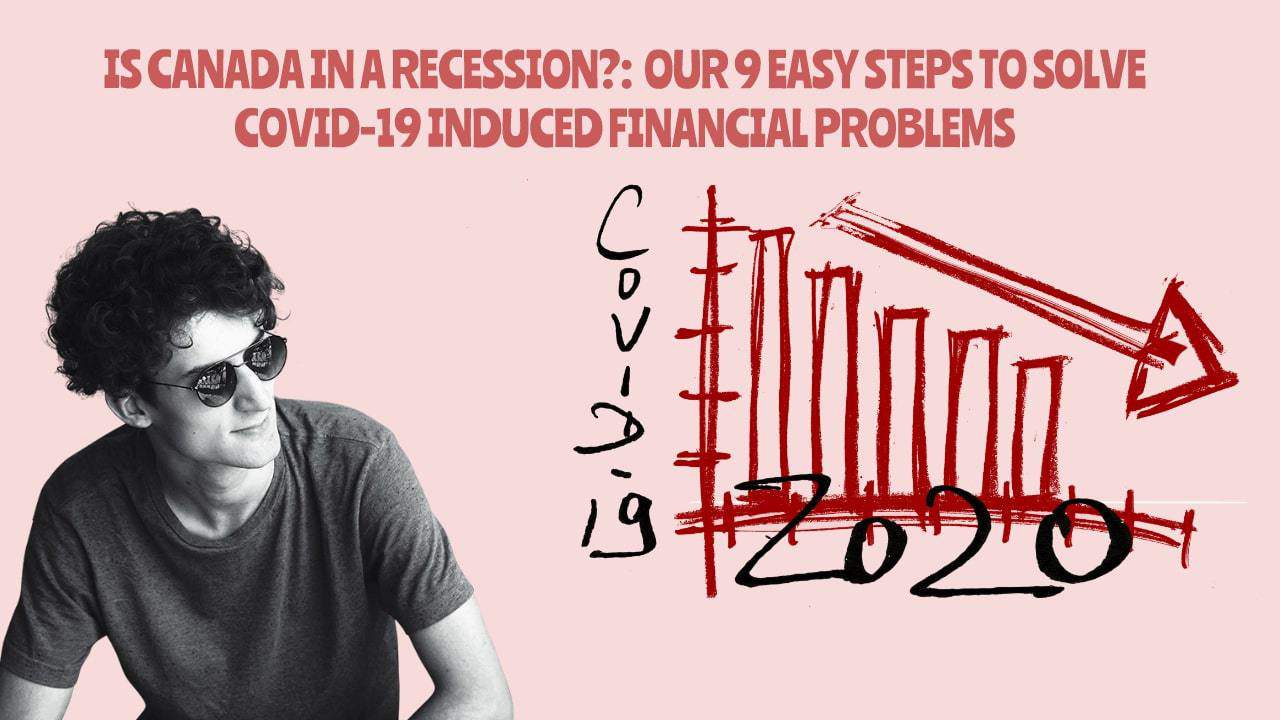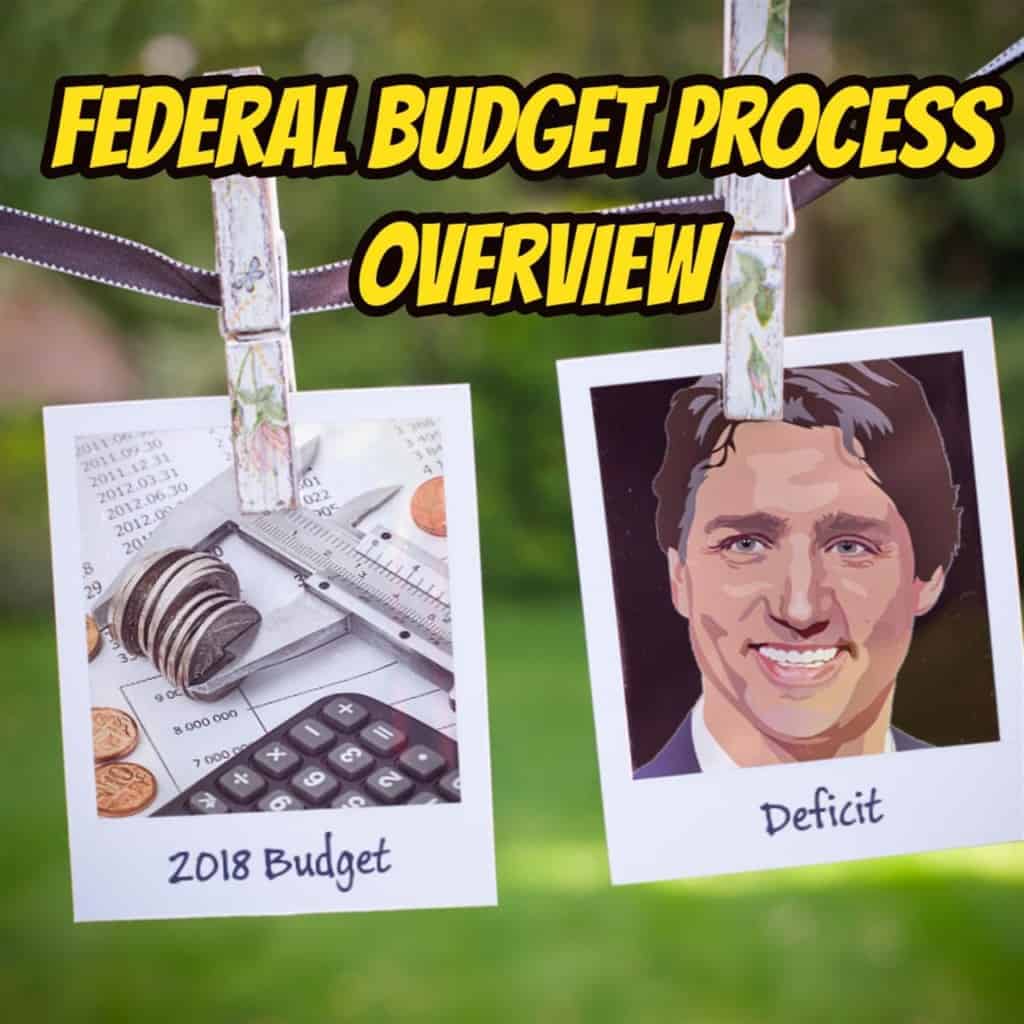Credit card minimum payment crisis: Introduction
In today’s high-interest setting, handling financial obligations has actually ended up being even more vital for people. With increasing rates of interest, it is necessary for Canadians to have a distinct budget plan as well as be mindful of their spending habits. By applying efficient strategies such as monitoring expenses, focusing on debt repayment, and even seeking advice from a professional, individuals can take proactive actions toward handling their financial debt as well as enhancing their financial well-being.
The increasing credit card balances in Canada and the resulting high credit card minimum payment requirements are a reason for worry. Equifax Canada reports that in the 2nd quarter of this year, total credit card balances in Canada reached an all-time high of $107.4 billion. This, along with the shocking consumer debt of $2.4 trillion, paints a worrisome image of Canadians’ financial circumstances in the nation.
In this Brandon’s Blog post, we will certainly check out the variables contributing to this alarming fad and go over potential remedies for people to manage their financial debt efficiently.
Overview of the Canadian credit card system
The Canadian credit card system is a well-established and regulated industry that caters to a wide range of consumers, from individuals to businesses of all sizes. The system is overseen by the Financial Consumer Agency of Canada and the Office of the Superintendent of Financial Institutions, which ensure that credit card issuers and lenders follow strict guidelines and regulations.
There are numerous credit card options available in Canada, ranging from basic cards with no annual fees to premium rewards cards with high annual fees. Consumers are encouraged to compare rates, rewards, and terms of various credit cards before selecting one that best fits their needs and financial situation. Overall, the Canadian credit card system offers a reliable and diverse range of options for consumers and businesses alike.
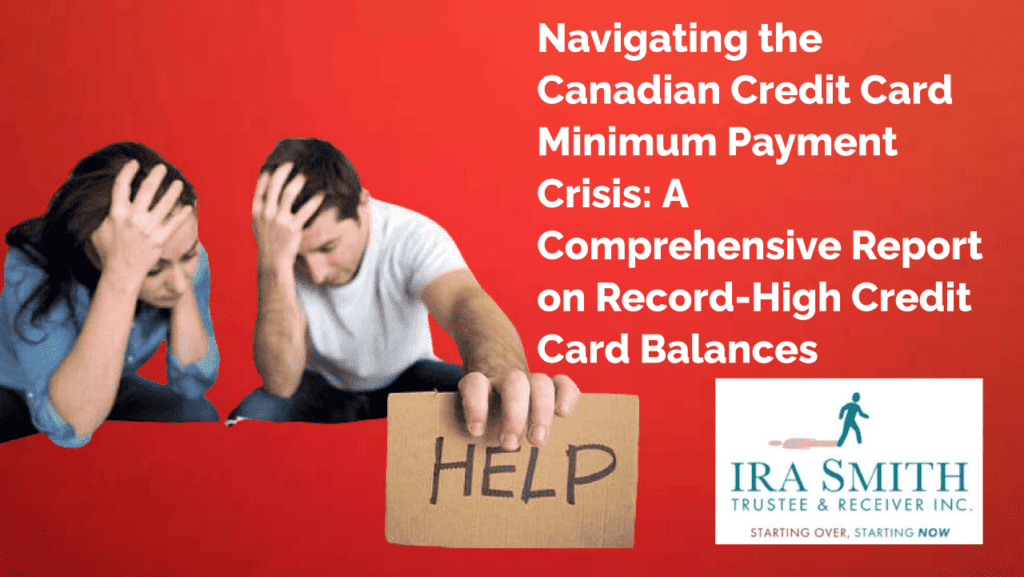
Definition of credit card minimum payment crisis
The Canadian credit card minimum payment crisis really is “a thing”. It’s a bit of a tricky situation where some people are having a tough time paying off their credit card debt on time when the credit card statement arrives. Their current balance each month is very high, so, they can only afford to make their monthly credit card minimum payment amount. Unfortunately, this has led to a lot of people getting stuck in a cycle of debt, with their credit card balances just getting bigger and bigger.
It’s not a great situation, and it’s mainly caused by credit card companies charging really high interest rates. To make things worse, this can have a pretty big impact on people’s financial health. That’s why it’s super important that we pay attention to this issue and work together to find solutions.
Credit card minimum payment: The alarming statistics
The level of consumer debt in Canada has actually reached an alarming level. As of the 2nd quarter in 2023, the complete consumer debt stands at an incredible $2.4 trillion. This implies that Canadians are lugging around a considerable amount of debt on their shoulders.
One certain area of worry is charge card outstanding balances owing to all Canadian credit card issuers. The complete Canadian credit card debt of $107.4 billion mentioned above is an all-time high. This suggests that Canadians are relying greatly on their credit cards to finance their day-to-day costs and are often having a hard time paying off the balances in a timely manner. Hence only the credit card minimum payment is being paid every month.
These statistics are a wake-up call for individuals to resolve their debt and financial management approaches. High levels of financial debt can bring about monetary anxiety and also can limit people’s capability to attain their financial goals. It is vital for Canadians to take aggressive steps to manage their financial debt as well as restore control of their financial resources.

Credit card minimum payment: The impact of high consumer debt
Excessive consumer financial indebtedness possesses the capacity to wield a profound impact on an individual’s fiscal well-being. It possesses the potential to initiate a recurring loop of financial commitments, wherein individuals encounter considerable difficulty in meeting their customary monthly disbursements, often resorting to the utilization of credit cards or loans as a means to underwrite their fundamental living costs.
This, in turn, may precipitate a descent into an ever-expanding abyss of financial obligations, accompanied by the burden of exorbitant interest disbursements, culminating in an overarching ambiance of financial strain.
Moreover, high degrees of financial debt impede people’s capacity to save for the future. When a substantial portion of earnings is allotted towards debt settlements, there is less money offered for financial savings as well as investments. This can hamper people’s capability to attain their stable financial objectives, such as homeownership, entrepreneurship, or retirement cost savings.
Credit card minimum payment: Factors contributing to high debt levels
The rising cost of living mixed with high interest rates are major contributors to the boosting debt levels in Canada. Canadians are depending more on credit cards to supplement their income in order to manage their living expenses. This technique may become difficult to sustain as the credit card debt levels and the credit card minimum payment each month continue to rise. Left unchecked, eventually, they will become unsustainable. In addition, the Bank of Canada’s steady interest rate increases while trying to combat inflation, have actually additionally aggravated the financial debt concerns for Canadians.
Living costs, such as housing, transportation, and food, have been continually increasing over the last few years. This has placed additional strain on the finances of Canadians, making it hard for them to cover their fundamental requirements without counting on their credit card to fill in for their income gap. The cost of housing has increased, particularly in major cities like Vancouver and Toronto. Consequently, families are juggling considerable amounts of financial obligations in order to afford a place to live and food to eat.
In addition, the higher interest rates on loans and credit cards make it more challenging for individuals to repay their financial obligations. With annual credit card interest rates running at 20% or more, it is no wonder that many Canadians can only afford to pay their credit card minimum monthly balance and no more. For those individuals who are making only their monthly credit card minimum payment, a substantial part of their credit card payment goes towards interest as opposed to paying the principal amount owed. Therefore, debt levels can rapidly spiral out of hand.
Relying upon credit cards to augment your income might inadvertently push you into the labyrinth of debt, a precarious path that could swiftly usher in an endless spiral of indebtedness. It becomes imperative to grasp the notion that this course of action harbours substantial risks, capable of precipitating an unceasing vortex of financial burden.
Fortuitously, the capability resides within you to seize command of your financial affairs and institute constructive alterations. The moment has arrived to initiate contemplation regarding the intricacies of budgeting and strategizing for your household expenditures, as opposed to merely leaning on credit cards to bridge the fiscal chasms. Through this proactive approach, you can elude impulsive expenditures and rigorously monitor your financial outflows.
In light of the escalating interest rates, the significance of vigilantly attending to your household budget cannot be overstated. While this endeavour may initially appear daunting in its intricacy, it signifies an opportune moment to embark on a transformative journey toward a more auspicious fiscal horizon. Keep in mind, that the capacity to effectuate change lies well within your grasp.
The climbing cost of living and higher interest rates are the major factors in the increasing financial obligation levels of Canadians. People are counting on credit cards to improve their cash flow and only being able to make their credit card minimum payment each month. This strategy becomes tougher with each passing month. Furthermore, the increase in rates of interest has served to intensify the financial debt worry for Canadians. Left unchecked, this will only lead to more Canadians faltering under such a cycle of debt.

Credit card minimum payment: Struggles with basic necessities
As financial debt levels rise, financial stress is taking a toll on people and families, highlighting the urgent requirement for effective debt management approaches.
Food
Among one of the most basic necessities of life is food. However, for many Canadians burdened with financial debt, putting food on the table has actually ended up being a daily struggle. Rising living expenses, stationary salaries, as well as high levels of debt make it challenging for people as well as families to pay for nutritious food.
The expense of food has actually been steadily rising, being a main driver of as well as really outmatching the rising cost of living in most cases. This, integrated with limited funds, leads to tough selections for individuals and families. Some may resort to acquiring less costly, processed foods with low nutritional value, while others might avoid meals completely.
The lack of ability to afford proper nourishment not only influences physical health but also psychological health and overall health. Canadians facing this battle might experience greater degrees of tension and anxiety, which can even worsen their monetary circumstances.
Transportation
Another basic need that becomes tough to afford under rising debt is transportation. Lots of Canadians depend on cars and trucks or mass transit to commute to work, gain access to healthcare, or run essential duties. Nevertheless, the expense of owning and preserving an automobile or paying for public transportation can swiftly accumulate, leaving little room to allocate for various other daily requirements.
For individuals residing in areas with restricted public transport alternatives, possessing one or more vehicles ends up being necessary for daily activities. However, the prices connected with car loan payments, insurance policy, gas, and upkeep can become overwhelming, especially when incorporated with other financial responsibilities.
Even for those who rely upon public transportation, the cost of fares can be a considerable concern. While some cities have executed subsidized transportation programs for low-income individuals, not all Canadians have access to such support.
Housing
Budget-friendly real estate is an essential necessity for all individuals and families. However, with climbing house prices, rents and increasing debt levels, numerous Canadians are struggling to locate and maintain ideal living arrangements.
The high expense of rental costs or home mortgage payments, combined with various other housing-related costs such as utilities, property tax and insurance, can rapidly eat into a family spending plan. This leaves little room for various other crucial expenses and also boosts financial tension.
Additionally, limited inexpensive housing choices imply that those who are lucky enough to find low-cost living arrangements are paying for that in another way. To get affordable housing, numerous Canadians are required to reside in inadequate or risky conditions. This compromises their total health and can have long-term health and wellness ramifications.
Credit card minimum payment: The importance of addressing debt and financial management
Given these disconcerting statistics, it is essential for people to address their financial debt and execute efficient financial monitoring methods. The first step is to create a sensible budget that lays out revenue and expenditures. By monitoring expenditures and identifying areas where spending can be decreased, people can free up additional money to put in the direction of debt repayment.
An additional strategy to consider is debt consolidation. This involves incorporating several debts into one financing, commonly with reduced rates of interest. Financial debt consolidation can make it simpler to manage debt by simplifying month-to-month payments and reducing the overall amount of interest paid.
It is additionally important to establish a reserve. A reserve can provide a safeguard against unexpected costs and also can help stop individuals from counting on credit cards or personal loans to cover emergency expenses. Building a reserve requires time, yet beginning with little, routine payments can make a considerable distinction gradually.
Finally, looking for professional advice may be valuable for people who are struggling with financial debt. Credit counselling, but only from non-profit community organizations, can supply support and assistance in managing financial debt, creating a budget, and also creating a strategy to end up being debt-free.
Take control of your financial future by addressing your financial obligations and implementing efficient financial monitoring techniques. Keep in mind, that it is never too late to begin working towards a financially stable future.
By taking proactive actions to deal with debt as well as applying sound financial budgeting and monitoring approaches, people can gain back control of their finances as well as work in the direction of long-lasting financial stability. It might need dedication and sacrifices, but the rewards of economic flexibility and comfort are priceless.

Credit card minimum payment: Effective debt management strategies
To get over the battle with basic requirements caused by mounting financial debt, Canadians need reliable financial debt monitoring techniques. Below are some crucial actions people can take:
- Create a household budget plan and stay with it. Tracking revenue as well as costs is essential for recognizing where costs can be lowered and savings can be made.
- Prioritize debt payment. Focus on paying off high-interest debts initially, such as credit cards or payday advance loans, to minimize the rate of interest charges.
- Check out financial debt consolidation alternatives. Rolling several high-interest-rate financial obligations into a solitary lower-rate loan can make repayments much more workable.
- Look for professional guidance. Consulting with a financial consultant or non-profit credit counsellor can provide beneficial advice on handling debt as well as boosting financial wellness.
- Think about debt relief programs. In extreme cases, people dealing with unrestrained financial obligations may take advantage of government-approved debt relief options such as a consumer proposal. These ought to be thought about as a last option after checking out all other opportunities.
By embracing effective financial debt administration techniques along with taking proactive action in the direction of lowering financial commitments, Canadians can alleviate their monetary tension and acquire back control over their lives. The fight to pay for the essential requirements of life in the face of mounting financial obligations is a problem in Canada. It is essential for our federal policymakers to acknowledge the injury they are doing to Canadians and address this troubling situation.
Credit card minimum payment: The consequences of accumulating debt
The act of accumulating debt, particularly through the use of credit cards with high balances, can significantly impact an individual’s financial stability. The consequences that may arise from such a situation can be numerous and severe, including:
- High-interest payments: Credit cards commonly feature a high annual interest rate, which significantly boosts the expense of carrying an outstanding balance. As the financial obligation accumulates, people find it costing them a lot more in interest charges, making it tougher to pay back the actual amount originally charged. When people try to conserve cash by only making the credit card minimum payment, the total debt keeps ballooning. This makes it so you can never catch up.
- Damages to the credit report: When credit card balances continue to rise and be high, it negatively influences people’s credit scores. This is a considerable factor in determining their credit rating. A reduced credit score can make it tough to get new loans or get a beneficial rate of interest in the future.
- Financial stress and anxiety: The burden of high credit card balances can trigger significant stress and anxiety. Individuals may constantly worry about their financial obligations and battle to satisfy their monetary obligations, causing a decreased lifestyle that can certainly lead to anxiety, depression and other health problems.
- Limited economic flexibility: High bank card balances limit people’s financial flexibility and prevent them from accomplishing their financial objectives. It becomes difficult to save for emergency situations, spend on necessities, or make a significant purchase when a large part of their income goes towards trying to maintain financial debt repayment.
Credit card minimum payment: Conclusion
I hope you enjoyed this credit card minimum payment Brandon’s Blog. If you’re struggling with managing your debt in a high-interest environment, don’t worry – there are some things you can do to take control of the situation. First, it’s important to create a realistic budget and track your expenses. From there, you can prioritize your debt repayment and make consistent payments to chip away at what you owe. It’s also a good idea to seek professional financial advice to help guide you through the process. Just remember, managing debt is a gradual process that requires commitment and determination, but you can do it! So don’t hesitate to reach out for help from financial professionals.
Individuals and business owners must take proactive measures to address financial difficulties and promptly seek assistance when necessary. It is crucial to recognize that financial stress is a prevalent concern and seeking help is a demonstration of fortitude, rather than vulnerability. Should you encounter challenges in managing your finances and find yourself burdened by stress, do not delay in pursuing aid.
Revenue and cash flow shortages are critical issues facing people, entrepreneurs and their companies and businesses with debt problems that are in financial distress. Are you now worried about just how you or your business are going to survive? Are you worried about what your fiduciary obligations are and not sure if the decisions you are about to make are the correct ones to avoid personal liability? Those concerns are obviously on your mind.
The Ira Smith Team understands these financial health concerns. More significantly, we know the requirements of the business owner or the individual who has way too much financial debt. You are trying to manage these difficult financial problems and you are understandably anxious.
It is not your fault you can’t fix this problem on your own and it does not mean that you are a bad person. The pandemic has thrown everyone a curveball. We have not been trained to deal with this. You have only been taught the old ways. The old ways do not work anymore. The Ira Smith Team uses innovative and cutting-edge methodologies, to adeptly navigate you through the intricacies of your financial challenges, ensuring a resolution to your debt-related predicaments without resorting to the rigours of the bankruptcy process. We can get you debt relief now!
We have helped many entrepreneurs and their insolvent companies who thought that consulting with a Trustee and receiver meant their company would go bankrupt. On the contrary. We helped turn their companies around through financial restructuring.
We look at your whole circumstance and design a strategy that is as distinct as you are. We take the load off of your shoulders as part of the debt settlement strategy we will draft just for you.
The Ira Smith Trustee & Receiver Inc. team understands that people facing money problems require a lifeline. That is why we can establish a restructuring procedure for you and end the discomfort you feel.
Call us now for a no-cost consultation. We will listen to the unique issues facing you and provide you with practical and actionable ideas you can implement right away to end the pain points in your life, Starting Over, Starting Now.


